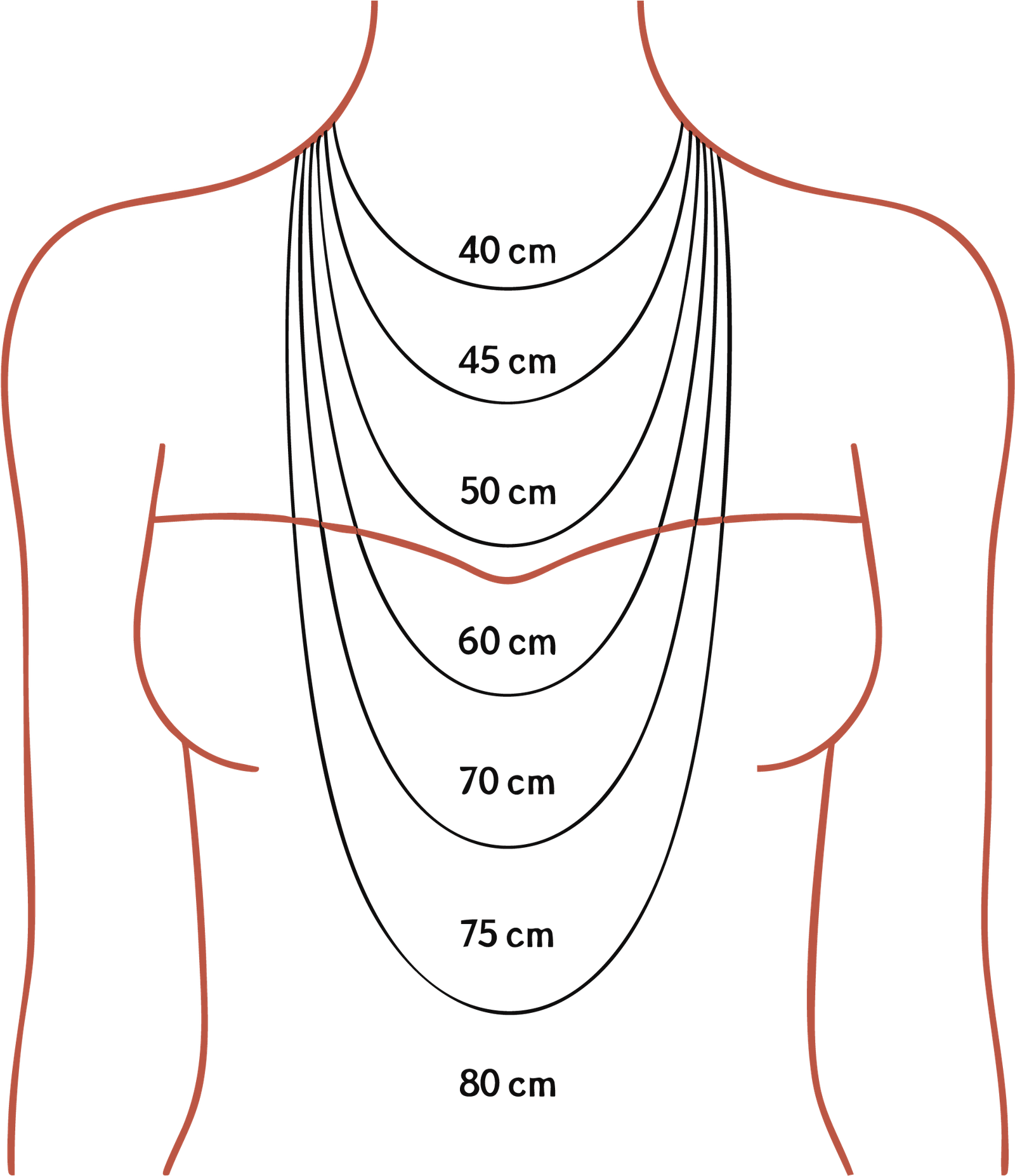TOURMALINE
Tourmaline is one of the most fascinating stones in the mineral world: it comes in an incredible variety of colors, from deep black to soft pink, luminous green, electric blue and multicolored. This chromatic richness also reflects the diversity of its symbolic effects. Long regarded as a stone of protection and transformation, it can be used to anchor or elevate. Each variety has its own energy, but all share a common vibration of truth, alignment and renewal.
GEM TYPE
ALUMINUM COMPLEX BOROSILICATE
FAMILY
SILICATE
COLOR(S)
MULTICOLOR (BLACK, PINK, RED, GREEN, YELLOW)
MOHS SCALE
7 - 7.5
GEOGRAPHICAL ORIGIN

Brazil
The world's main deposits
Russia
Madagascar
Sri Lanka
United States
(California)
Pakistan
Mozambique
Nigeria

A little history
The name "tourmaline" comes from the Sinhalese word turmalimeaning "stone of mixed colors". It was often confused with other gems (emeralds, rubies, etc.) until the 18th century. In Europe, it was introduced by Dutch merchants, and used for its pyroelectric properties: when heated or rubbed, it attracts dust and ashes. Alchemists considered it a stone capable of "reconnecting man to the truth of his nature".
LITHOTHERAPY
In serious lithotherapy, Tourmaline is known for its diversity of effects depending on its color, but it is globally recognized for :



